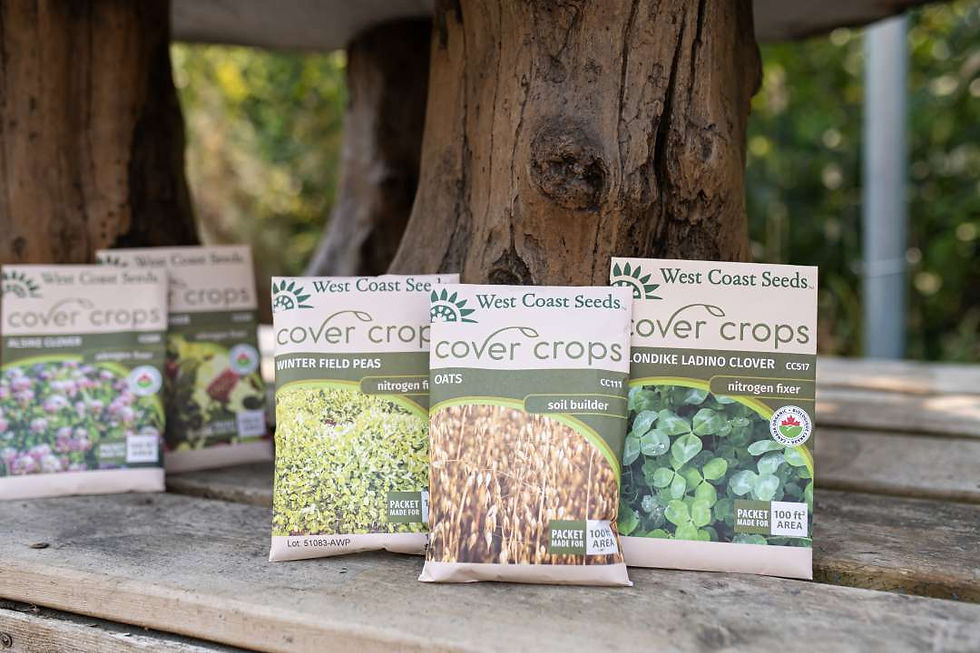A Beginner's Guide to Planting Fall Bulbs for a Stunning Spring Display
- B&K Garden & Landscape Supply

- Oct 15, 2023
- 2 min read

As the air turns crisp and the leaves begin to change, it's time to start preparing your garden for the upcoming spring. Planting fall bulbs, such as tulips, daffodils, crocuses, allium and hyacinths, is a wonderful way to give your garden a face lift after all the snow is gone. They spring up just as the weather is changing from cold to warm, and no other group of plants can provide such a display of colour as early as bulbs.
New to planting bulbs? No problem! It might seem intimidating, but bulbs are nearly foolproof. We've consolidated what you need to know into a quick guide that'll help you set the stage for brilliant spring colour:
Make a plan: First, consider your timeline... bulbs should be planted as soon as the ground is cool, and four to six weeks before the ground freezes. So for our region, here on the Sunshine Coast, now's the time! Next, choose a spot. You can plant bulbs just about anywhere in your garden — so long as the soil drains well and the area gets plenty of sun.
Prepare the Soil: Ensure the soil you're planting in is loose and rich in nutrients. Remove any weeds or debris that could hinder the bulbs' growth. Incorporate some organic matter or compost to improve soil quality and provide essential nutrients for the bulbs.
Planting Depth and Spacing: Follow the recommended planting depth and spacing for each type of bulb, which is typically three times the bulb's height deep, and two times wider apart than they are tall. For example, if your bulb is two inches tall, plant them six inches deep and space them four inches apart.
Planting Techniques: Use a trowel or a bulb planter to create holes at the appropriate depth. Place the bulbs in the holes with the pointed end facing up (the pointy end is where the leaves come out, the round end is where the roots come out), and cover them with soil. Gently pat down the soil to eliminate air pockets and ensure proper contact with the bulbs.
Watering and Mulching: Give the newly planted bulbs a thorough watering to promote root establishment. Since bulbs are planted fairly deep, it's best to give them a long, slow soak after planting so that water gets down deep enough for them to start growing roots. For best results, apply a layer of mulch to conserve moisture and regulate soil temperature during the winter months.
That's about it! So grab your gardening tools and get ready to create a picturesque spring display by planting fall bulbs today. Then, as the days grow longer and warmer, you can look forward to the delightful sight of your fall-planted bulbs blooming in a vibrant array of colours!
If you're ready to fill your hard with the set-it-and-forget-it magic of spring-flowering bulbs, stop by our garden centre and browse our wide selection of flower bulbs! Here are some of this year's new releases that we are happy to offer:








Comments